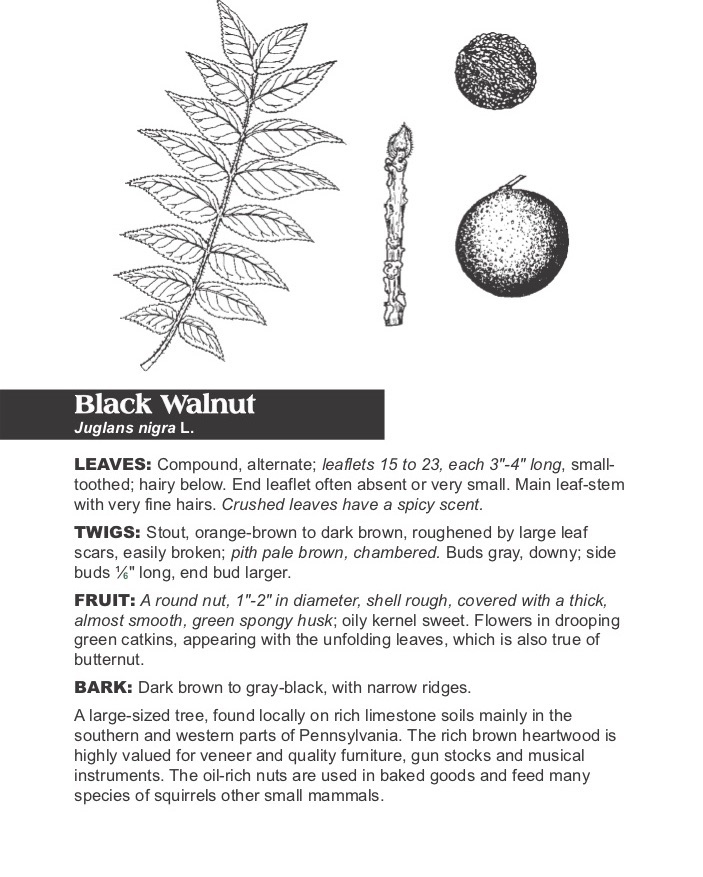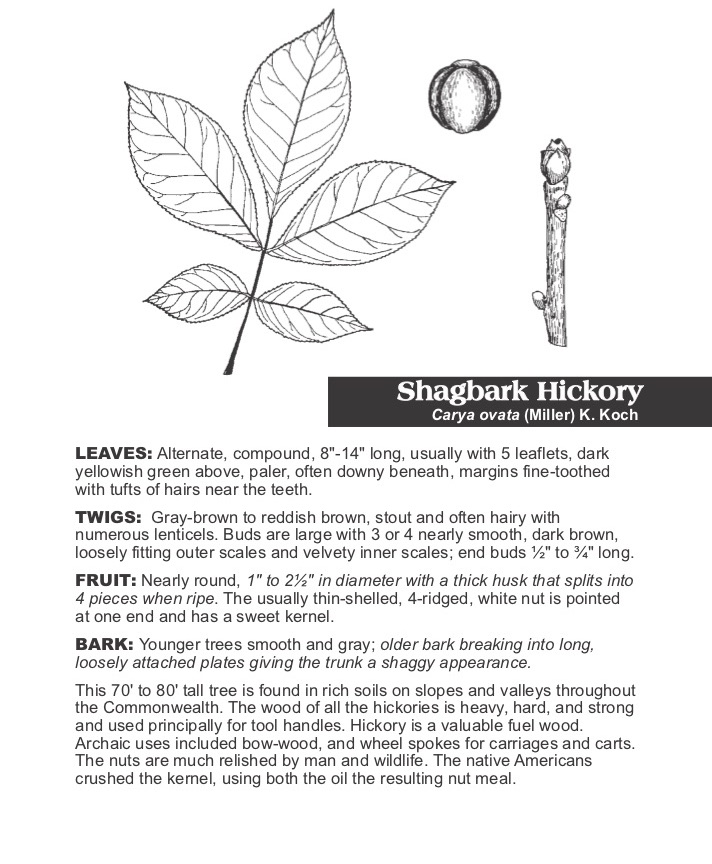Trees! Trees! Millions of Trees!
- sierra034
- Apr 16, 2020
- 4 min read

There are around 200 common species of trees in Pennsylvania, and about two-thirds are natives. Many of the introduced species were originally brought into North America as ornamentals and escaped the careful confines of gardens, arboretums, and the occasional colonial homestead. Others serve as common urban and suburban plantings due to their hardiness or air cleaning potential. The Ginkgo, a 200 million year old species, is one such example. It is incredibly hard to kill, grows slowly, and purifies vast quantities of pollution from the air. As beneficial as some of these introduced species are, the native varieties are often better adapted to provide support to our ecosystem.
The native trees evolved with the birds, insects and multitudes of other living things, often times specially adapting to each other in beneficial and compounding ways. The witch-hazel, for example, supports the life stages of over 200 different species of insects and provides food for many forest-dwelling birds. A single honey locust tree provides as much pollinator-friendly nourishment as hundreds of smaller plants. The same trees also help stabilize soils, preventing extensive erosion, and cool the ground, allowing for microbial life to churn out needed nutrients. Of course they also provide shelter for prey species to reproduce.
Trees planted near water (referred to as riparian areas) also provide tremendous benefit to the streams. Trees perform similar tasks near water; anchoring banks, providing food, shading water from the sun, and even providing habitat for aquatic species in death. ClearWater works hand-in-hand with landowners in our region to help plant trees in these areas. Our riparian conservation program is rapidly growing and a key component to our mission.
The return of the leaves on the trees often feels like it happens overnight. The fragile buds on trees tend to eek out in the first few weeks of warm weather. During this time sudden cold-snaps can kill this first wave, setting back the trees for several weeks and causing extreme stress on the trees as they wake up from winter. This is a troubling issue as climate change warms up our winters; trees try to produce buds before the last threat of a winter storm passes. While not a danger to the life of a healthy tree, many trees suffer from invasive pests and diseases leaving them vulnerable. Elms, ash, and oaks all have current stresses that put many of these classic trees in danger.
Trees are truly essential to our health and wellbeing, and define Pennsylvania. Learning about them can be a blast too. Below are some helpful tips for identifying trees that you can use whether you’re wandering a wooded mountain, ambling along a city street, or relaxing in your own backyard.
Look over each part of the tree you want to identify; leaves, bark, twigs, buds and any flowers or fruits.
Leaves are often the first step in identifying trees. Become familiar with the terminology and basic nomenclature for leaf shape, position and quantity.
Even when trees are dormant you can identify them. Bark shape, color, texture, and scars as well as any buds, roots, or overall structure can help narrow down the type.
Trees are just as unique as you or I; the amount of sun, moisture and presence of other trees can all influence the formation of a tree.
Trees also change as they age, younger trees often have smoother, lighter bark than their older relatives.
Where you find a tree is often as important as its characteristics; many species thrive in moist or swampy soils while others can tolerate intensely dry or rocky terrain.
Bring along a guide to help you identify trees and make notes of where you find them. This can help you form patterns if you encounter the same species again.
Collect fallen leaves and press them into your own edification guide for your home or frequently visited locations.
Trees all follow different budding schedules. You might encounter much different species producing leaves throughout the spring and even into the early summer. Here are some of the most common species you can expect to find and when:
Faster-growing trees, like birches and aspen, tend to leaf out in the early spring.
The oaks and maples, which dominate many of our forests, begin to green a little later.
The last trees to produce leaves are often the warmer climate species that include walnuts and hickories.
What to Bring:
Flashlight or headlamp if out near dark
A refillable water bottle
Sturdy and water-resistant footwear capable of walking on a forested path
Long pants and high socks may be preferred for additional protection from insects and ticks
Child carrier/backpack is recommended for very young children
Binoculars for bird and wildlife watchers
Remember:
Pack out whatever you bring in
Follow local rules and guidance
Be considerate of others
Stay local
If parking lot is full, consider a different location
Each week, ClearWater will deliver your personal guide to explore the outdoors, along with fun things you can do at home to bring the outdoors, inside! Use the form below to sign up and receive weekly exploration guide to the outdoors!!

























Commentaires